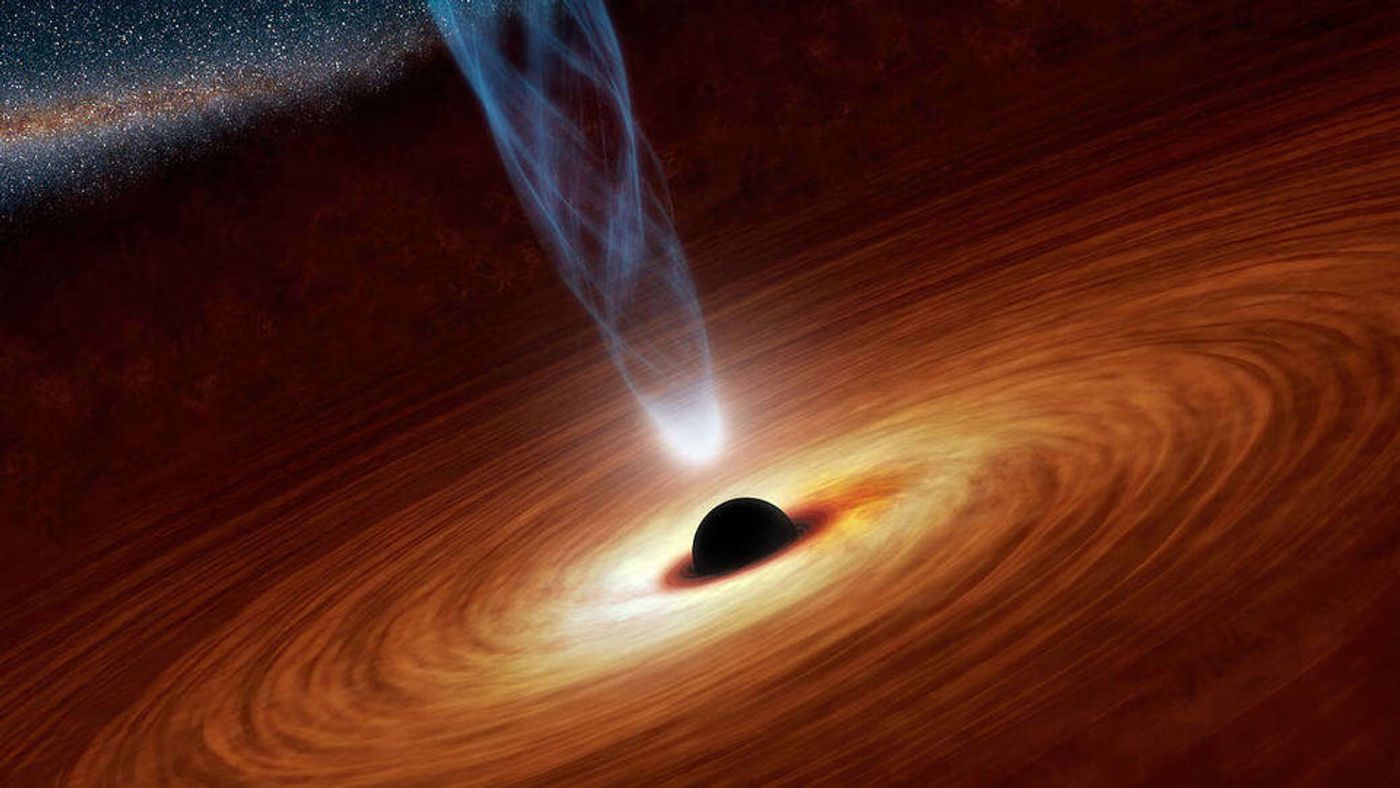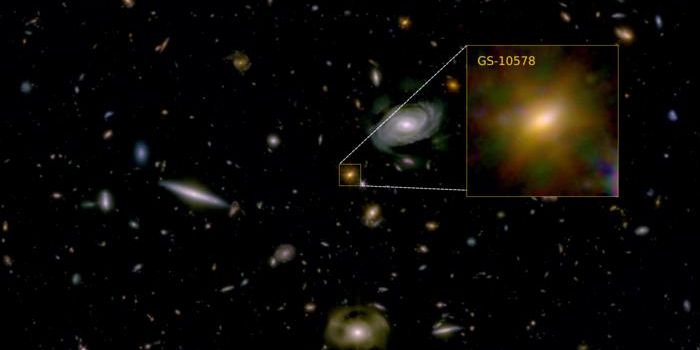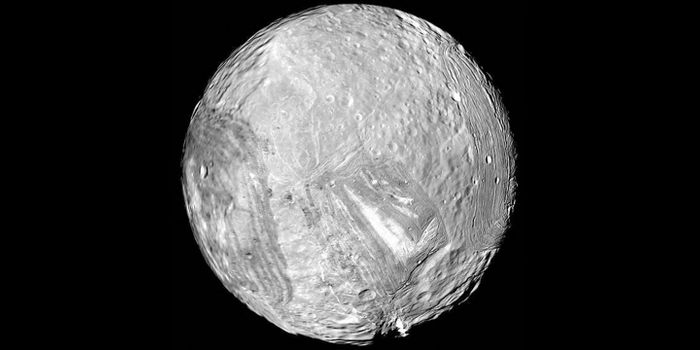Supermassive Black Holes are Highlighted in New NASA Animation
NASA just released a new animation featuring 10 supermassive black holes, which are some of the largest objects in the universe, and reside in the center of our own galaxy while ranging in size from 100,000 to tens of millions of times more massive than our own Sun.
Artist's rendition of a supermassive black hole. (Credit: NASA/JPL-Caltech)
Two of the black holes featured include Sagittarius A*, which resides at the center of the Milky Way Galaxy, and the supermassive black hole at the center of M87, also known as Virgo A. While the former boasts a supermassive black hole approximately 4.3 million times the weight of our Sun, the supermassive black hole at the center of M87 is 5.7 billion times the mass of our Sun.
“Direct measurements, many made with the help of the Hubble Space Telescope, confirm the presence of more than 100 supermassive black holes,” said Dr. Jeremy Schnittman, who is a theorist at NASA’s Goddard Space Flight Center (GSFC). “How do they get so big? When galaxies collide, their central black holes eventually may merge together too.”
Using our own solar system as the primary scale, the animation features known supermassive black holes from the smallest to the largest, with the smallest being 1601+3113 at 100,000 Suns and ending with TON 618 at 60 billion Suns.
“Since 2015, gravitational wave observatories on Earth have detected the mergers of black holes with a few dozen solar masses thanks to the tiny ripples in space-time these events produce,” said Dr. Ira Thorpe, who is an astrophysicist at GSFC. “Mergers of supermassive black holes will produce waves of much lower frequencies which can be detected using a space-based observatory millions of times larger than its Earth-based counterparts.”
It is for these reasons that NASA and the European Space Agency are working together on the Laser Interferometer Space Antenna (LISA) mission, whose goal will be to detect and measure gravitational waves that are produced from merging black holes, and will accomplish this with three spacecraft separated millions of miles apart. The intent is to create a gravitational wave detector much larger than the Earth to find black holes whose masses are millions of tmes larger than our own Sun.
What new discoveries will scientists make about supermassive black holes in the coming years and decades, and will LISA be able to detect supermassive black holes as it's designed to do? Only time will tell, and this is why we science!
As always, keep doing science & keep looking up!









